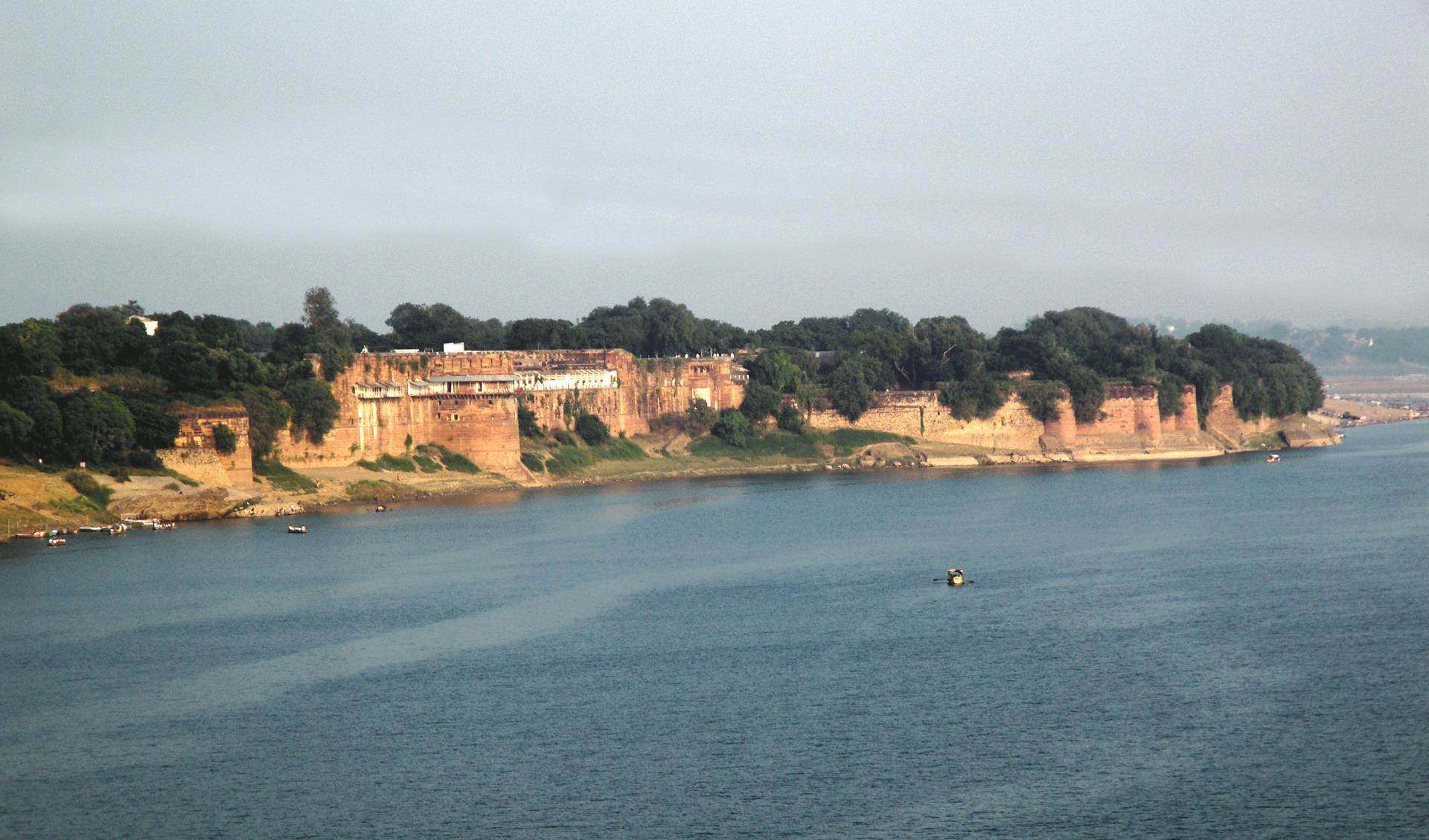Significance of Allahabad Fort in Indian History

Allahabad Fort, an iconic historical monument situated at the confluence of the Ganges and Yamuna rivers in Prayagraj, holds profound significance in Indian history and cultural heritage. Built during the reign of Emperor Akbar in 1583 AD, this majestic fort has witnessed centuries of political intrigue, cultural exchange, and strategic importance. From Mughal emperors to British colonial rulers, Allahabad Fort has played a pivotal role in shaping India's socio-political landscape. This comprehensive guide explores the historical significance, architectural splendor, and enduring legacy of Allahabad Fort in the annals of Indian history.
Historical Origins and Construction
Allahabad Fort was commissioned by Emperor Akbar, the visionary Mughal ruler known for his administrative reforms and patronage of arts and architecture. The fort was strategically constructed at the Sangam, the holy confluence of the Ganges, Yamuna, and mythical Saraswati rivers, symbolizing its spiritual and political significance. Designed to fortify the Mughal Empire's control over the region, Allahabad Fort served as a military stronghold, administrative center, and cultural hub during the medieval period.
Architectural Marvel and Design
Architecturally, Allahabad Fort exemplifies the grandeur of Mughal architecture fused with indigenous elements. The fort's massive sandstone walls, towering bastions, and intricately carved gateways reflect the Mughal aesthetic of symmetry, geometric patterns, and decorative motifs. The imposing structure encompasses several palaces, mosques, and audience halls, including the iconic Jahangir Mahal and the stunning Ashoka Pillar, which stands as a testament to ancient India's political unity and cultural diversity.
Strategic Importance and Political Legacy
Throughout history, Allahabad Fort has witnessed pivotal events that shaped India's political landscape. It served as a strategic stronghold for Mughal emperors, facilitating trade routes, diplomatic alliances, and military campaigns. The fort's control over the confluence of major rivers conferred strategic advantages, enabling rulers to exert influence over neighboring kingdoms and maintain territorial integrity. British colonial administrators later repurposed Allahabad Fort as a garrison and administrative center, further cementing its role in India's colonial history.
Cultural and Religious Significance
Beyond its military and political significance, Allahabad Fort holds profound cultural and religious importance in Indian society. The fort's location at the Sangam makes it a revered pilgrimage site for Hindus, who believe that a dip in the confluence during auspicious occasions cleanses sins and confers spiritual merit. The annual Kumbh Mela, the largest religious gathering in the world, draws millions of pilgrims to Allahabad Fort, underscoring its role as a sacred site where religious traditions converge and spiritual devotion thrives.
Literary and Artistic Heritage
Allahabad Fort has inspired generations of poets, writers, and artists who have celebrated its architectural splendor and historical legacy through literature, paintings, and scholarly works. Renowned poets such as Tulsidas and Kabir referenced the fort in their compositions, highlighting its cultural resonance and symbolic significance in Indian literature. The fort's association with cultural luminaries and intellectual discourse continues to enrich India's artistic heritage and collective memory.
Preservation Efforts and Heritage Conservation
Efforts are underway to preserve and protect Allahabad Fort's architectural heritage and historical artifacts. Conservation projects focus on structural repairs, restoration of frescoes, and documentation of archaeological findings to safeguard the fort's legacy for future generations. Collaborative initiatives involving government agencies, heritage experts, and local communities aim to promote sustainable tourism practices while ensuring the fort's long-term preservation and cultural significance.
Educational and Tourist Attraction
Allahabad Fort attracts tourists, history enthusiasts, and researchers from around the world eager to explore its rich history and architectural marvels. Guided tours offer insights into Mughal era lifestyles, administrative practices, and strategic military planning. Visitors can admire the fort's exquisite craftsmanship, panoramic views of the rivers, and immerse themselves in its historical narratives that span centuries of Indian civilization.
Impact on Urban Development
The presence of Allahabad Fort has contributed to the socio-economic development of Prayagraj, serving as a cultural landmark that enhances the city's tourism appeal and stimulates local economy. Nearby markets, hotels, and cultural centers benefit from the influx of visitors drawn to the fort's historical allure and spiritual ambiance. The fort's role in promoting heritage tourism underscores its potential as a catalyst for sustainable urban growth and community empowerment.
Legacy and Commemoration
Allahabad Fort stands as a symbol of resilience, cultural continuity, and national pride, commemorating India's rich heritage and multicultural identity. Its legacy continues to inspire a sense of belonging and collective memory among Indians, transcending boundaries of time and geography. As a UNESCO World Heritage Site candidate, Allahabad Fort epitomizes India's commitment to preserving its diverse cultural heritage and promoting global understanding of its historical contributions.
Future Prospects and Cultural Revitalization
Looking ahead, efforts are underway to enhance Allahabad Fort's cultural vibrancy and tourist amenities while respecting its historical integrity. Proposed initiatives include digital archives, interactive exhibits, and cultural festivals that showcase the fort's historical narratives and artistic traditions. By embracing innovation and sustainable practices, Allahabad Fort aims to foster greater appreciation for India's architectural legacy and strengthen its role as a global cultural heritage destination.
Conclusion
In conclusion, the significance of Allahabad Fort in Indian history transcends its architectural grandeur and strategic importance; it embodies the spirit of resilience, cultural diversity, and spiritual devotion that define India's identity. From its inception under Emperor Akbar to its enduring legacy as a symbol of national pride, Allahabad Fort continues to inspire awe and reverence among generations of Indians and global visitors alike. As custodians of this cultural treasure, we are entrusted with preserving its legacy and promoting its timeless significance in shaping India's past, present, and future.
